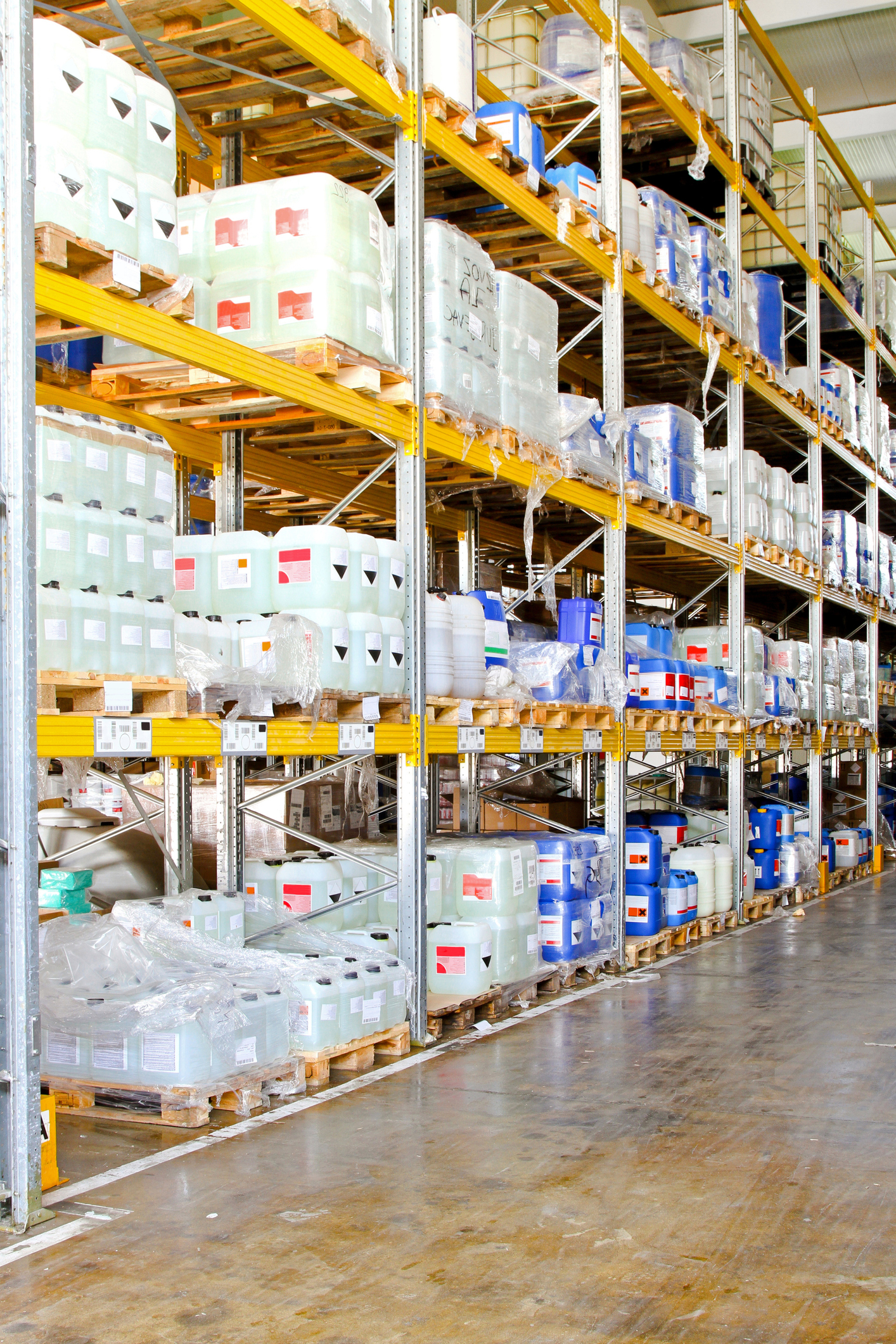Tier II Reporting: 6 FAQs to Help You Prepare for the Deadline
The Tier II reporting deadline is coming up on March 1st – are you ready? Tier II reporting is one of your many regulatory reporting obligations. It’s intended to report out on the quantity of hazardous chemicals you have stored on-site. Each year, you must conduct a thorough inspection of your facility to identify the amount of chemicals stored on-site and determine if these quantities should be reported through your annual Tier II report.
What is Tier II Reporting?
The EPA requires Tier II Reports (or Emergency and Hazardous Chemical Inventory Reports) for facilities that store hazardous chemicals above specific threshold quantities. These reports must be completed by March 1st for the chemicals stored in the previous calendar year.
Section 312 of the Emergency Planning Community Right-to-Know Act (EPCRA) states that facilities must submit their Tier II to their:
- State Emergency Response Commission (SERC),
- Local Emergency Planning Planning Committee (LEPC), and
- Local Fire Department
What’s the penalty for not reporting?
It’s pretty stiff. Failure to comply with Tier II reporting laws can net you civil fines of over $50,000 per day for each violation of EPCRA Section 312.
What’s considered a hazardous chemical?
The best way to determine if you have hazardous chemicals present is to look at your safety data sheet. If the safety data sheet for your chemical lists anything under the “physical and health hazards,” that would qualify it as a hazardous chemical.
Certain very toxic chemicals are considered Extremely Hazardous Substances (EHSs). An example of this would be the sulfuric acid found in forklift batteries. These require reporting in much smaller quantities.
Do your hazardous chemicals meet the reporting threshold?
If you are storing a hazardous chemical or an extremely hazardous chemical on-site, you’ll need to report that you have chemicals above the storage limit. So, how do you determine if you’ve met that limit?
The Tier II reporting thresholds are:
- Extremely hazardous substances (EHSs): 500 pounds or the threshold planning quantity (TPQ), whichever is less. A list of EHSs can be found here.
- All other hazardous substances: 10,000 pounds for any material that has a Safety Data Sheet.
So, you can have a hazardous chemical, but this is where volume comes into play. So, pounds is what we need to work towards. If you have gallons of substances on-site, you need to translate your gallons into pounds. A quick Google search will help you with the conversion.
A good example is diesel fuel. If you have at least 1,300 gallons of diesel fuel, that’s the equivalent of 10,000 pounds. You’ll want to make sure that you’re doing these conversions to ensure you’re still below the limit if you’re not reporting.
Here a couple more examples for your back pocket. More than:
- 1600 gallons of gasoline
- 1300 gallons of diesel fuel
- 100 used/warranty batteries
- 1075 gallons of antifreeze
- 1550 gallons of new/used motor oil
- 1000 gallons of paint
- 2350 gallons of propane
- 2 skids of sidewalk salt (sodium chloride – 200 50lb. bags)
- 4 electric forklifts (lead-acid batteries)
These numbers are calculated based on typical SDS by average pounds per gallon.
What does your Tier II report need to include?
Federal reporting requirements state that you must include information on all hazardous chemicals present at your site in concentrations that meet or exceed the criteria.
Your report should include:
- The CAS number
- A brief explanation of how and where the hazardous chemicals are kept, and
- Estimates of the average daily and maximum yearly quantities of hazardous chemicals present onsite
Why do we need to report this?
Besides eye-popping civil fines, submitting Tier II reports can help you out in the case of a fire or accident.
According to the EPA, “The purpose of this form is to provide State, local officials, and the public with specific information on potential hazards. This includes the locations, as well as the amount, of hazardous chemicals present at your facility during the previous calendar year.“
These reports help your fire department out. Suppose the fire department, part of your local emergency planning committee, needs to respond to an emergency on-site. They would need to know what type of chemicals they could come into contact with and where they may need to focus their firefighting efforts.
Tier 2 reports help emergency response personnel:
- Prepare PPE and response procedures.
- Save time by going directly to chemical storage areas.
Need Help with Your Tier II Reporting?
KPA’s here to help.
KPA helps clients on our Tier II subscription service manage and report over 700 Tier II reports annually. KPA maintains information on the type and quantity of hazardous materials onsite and reviews with management the details for proper annual reporting. With KPA’s tier II subscription service, we will be in touch each year to confirm any changes in your reporting quantities and to submit prior to your March 1st deadline.
In addition, KPA offers environmental risk management services to assist you in managing chemicals and hazardous waste at your facilities. We help you document procedural compliance and provide guidance on minimizing waste generation and appropriately managing and disposing of wastes. Our compliance inspections, plan development, and permitting assistance will help you resolve your environmental compliance challenges. Contact us to get started.

